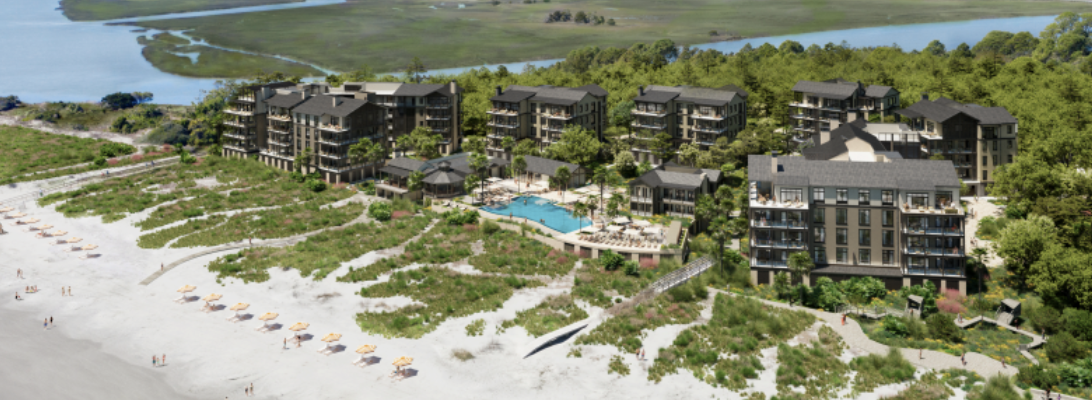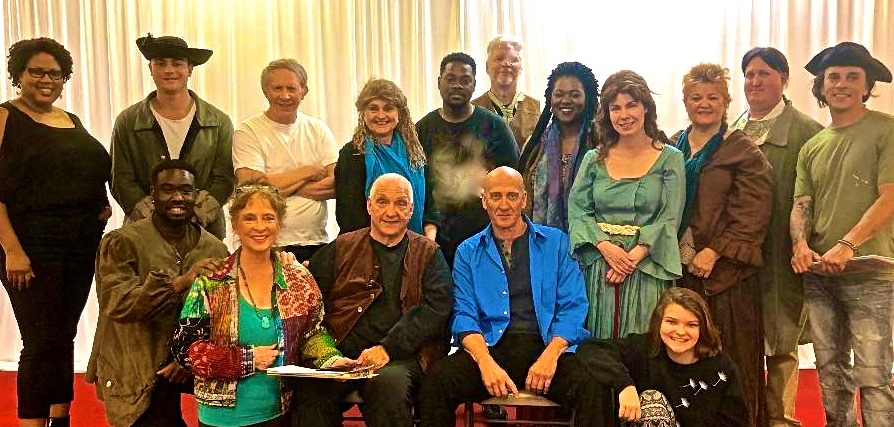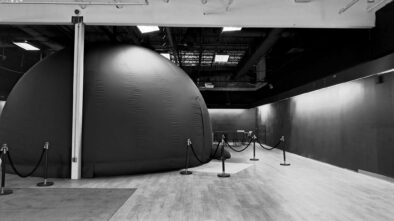The Cape on Kiawah will span 14 acres and 1,000 feet of beachfront property – the largest of any development on the island: Construction is set to be complete in 2023 with 78 residences in six buildings
Mayor John Labriola seized an opportunity to set the record straight at the recent Kiawah Island Town Council meeting on July 5. The issue that he addressed was in relation to the development of The Cape on Kiawah, which will be located on West Beach and is being developed by East West Partners. The Kiawah Island Architecture Review Board presented at the Town Council meeting in April in relation to the clear cutting of 50 trees that many Kiawah residents had questioned at that time. After the presentation, members of the Kiawah community sent questions, which the Town prepared responses to at the beginning of June. “What started out as questions has elevated to some pretty serious accusations,” Labriola stated. “In terms of the Kiawah Partners’ ability to misuse the role and control of the ARB to manipulate calculations.”
The Kiawah Island Town Attorney Joe Wilson consulted with the Town and released an opinion on behalf of Council. Labriola said that even after that opinion was released, “the accusations continued.” Labriola announced that they then received a second legal opinion in relation to this issue and how East West Partners had “not violated any standards related to the development agreement at The Cape.” “We have legal opinions that have supported the Town’s position, which is what we stated back in June that the ARB acted appropriately,” Labriola said.
Labriola said that the calculations are not in question by a core group of concerned Kiawah Island residents, but rather how the lot coverage is measured.
“That is core issue.” Labriola addressed the definition of highland and stated that the ARB has exclusive jurisdiction to determine those standards and the definition of highland as used in those standards. According to the Kiawah ARB, Labriola stated that the definition of highland is all the area above mean high water. “Under this interpretation, the development was in the 33% standard adopted by the ARB.” Labriola continued by saying that their interpretation of highland is a reasonable one and the S.C. attorney general has adopted it. He said that this definition is used frequently in other contexts including in the Town’s ordinance. The other definition of highland has been claimed by some as the land above the Ocean & Coastal Resource Management baseline.
OCRM is under the umbrella of SCDHEC. Neither the Kiawah ARB nor the Town of Kiawah adopts the OCRM baseline. However, the Kiawah ARB and the Town do adopt the OCRM critical line that is marsh frontline for marsh front property, but the OCRM baseline only applies to beachfront property, as explained by Labriola. Labriola added that the town’s own density standards for multi-unit development allows for 60% of coverage based on the entire lot and that there is no reference to highland in the town’s density standard. “So even under the Town’s standards, this development would have been approved because it is under 60% of the entire lot.”
Labriola concluded by reiterating that the ARB has exclusive jurisdiction over lot coverage standards put forth by the ARB guidelines. “It is to the Town’s position that the ARB interpreted the language and calculations the lot coverage consistently with previous beachfront projects and in a manner that is reasonable and commonly used.” The Town will be adding a Development Resources page to their website where a full text of the development agreement will be shared, in addition to FAQ’s that will be updated regularly. “We encourage residents to view the page for accurate information,” Labriola said. Labriola also noted that he didn’t think this would stop the accusations, but that he wanted to be transparent. “We will provide the community with the information as we see it, as we understand it and as we know it. I don’t know what else we can do except to say those words and put them in print to send out to everyone.” Additional groups within the community have recently come to fruition, including a new nonprofit organization called Preserve Kiawah, which is comprised of hundreds of concerned Kiawah residents who want to preserve the way of life they have come to love by living on Kiawah Island. In response to the newly formed groups, including Preserve Kiawah, the Town of Kiawah Island has commissioned Lou Hammonds Group to act as a liaison in communication with the Town, the residents and Kiawah Partners. On the agenda at the July meeting was approving their contract to begin working on the communication initiative. Maura F. McIlvain, a resident of Kiawah Island, commented that she thought a communication consultant was a great idea. “A level of suspicion is there. Whether it is warranted or not. A level of suspicion is there in regards to a relationship that the Town shows to the developer. Some say communication coming from the Town has been poor, defensive, mangled – however you want to say it.” McIlvain’s suggestion on the contract with Lou Hammonds was to take out the part about them being a liaison between the Town and the Partners. “You shouldn’t want that in there given the current environment. When the Town has been accused of coordinating with the partners – that is not where you want to be right now. I would take that out.”
Lou Hammonds Group has a history of working with East West Partners, but Kiawah Island Town Administrator Stephanie Tillerson said they were chosen, without an official RFP, because they came “highly recommended” from several entities in the Charleston area, including from Helen Hill, the CEO of the Charleston Area Convention and Visitors Bureau. “They are well respected in the community,” Tillerson explained in the Town Council meeting. Finally, Brad Belt of the Preserve Kiawah group, spoke at the meeting as well in response to the mayor’s comments on accusations being made toward the Town in response to the handlings of The Cape development.
“I welcome the commitment to transparency and I thank the mayor for that,” Belt commented.
“But I am disappointed by the term ‘accusations.’ We are a community that is trying to understand the governing documents and we are systematically working through those in a fact-based way. We are simply outlying issues that warrant attention. If we are wrong, I would be the first one to welcome being corrected.” He went on to note definitions in the Town’s own ordinances in regards to critical areas and highlands. “Critical area in regard to the Town’s definition is the area from the mean high water mark to the setback line. The critical line means the jurisdiction boundary of the critical area as determined by the OCRM staff. Highlands is the area above the OCRM critical line which has just been defined by the Town’s own ordinances as including the area from the high water mark to OCRM setback line.” Belt went on to say that the definitions are clear and straightforward within the Town’s own ordinances. “This is contradictory to the positioning interpretation that the ARB has taken.” Preserve Kiawah has retained counsel for the newly established nonprofit. The Lou Hammonds Group contract was unanimously approved by Town Council and the intention is that it would begin working very soon.
The Cape on Kiawah will span 14 acres and 1,000 feet of beachfront property – the largest of any development on the island. Construction is set to complete in 2023 with 78 residences in six buildings. There will also be a clubhouse. The development completely sold out in Phase II for a total of $248 million.


